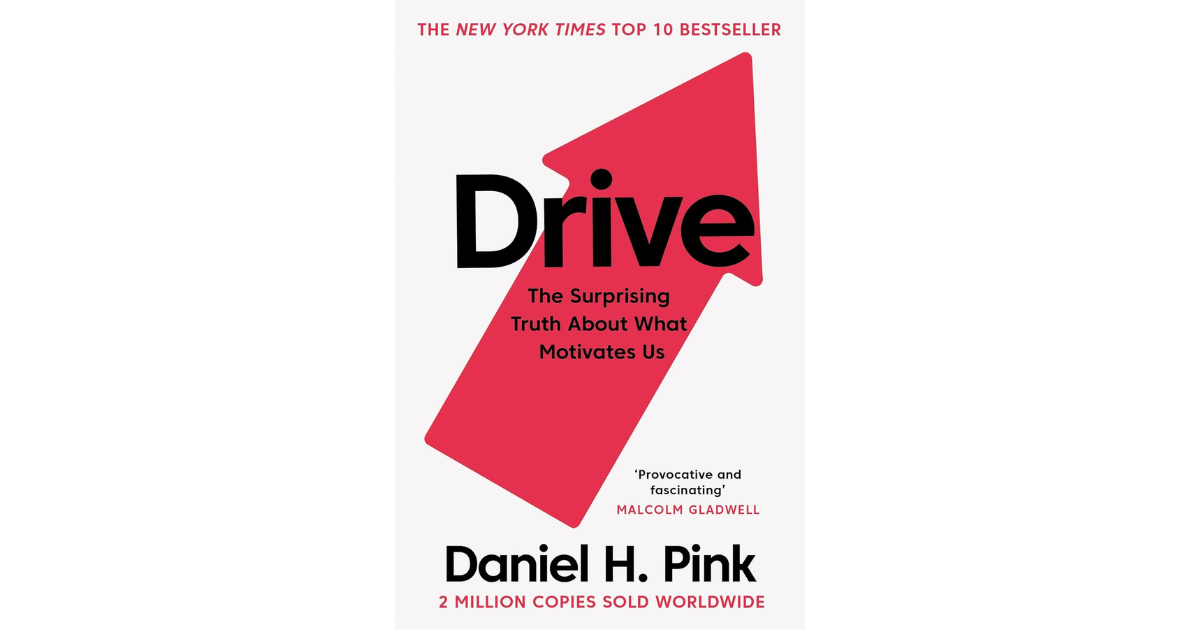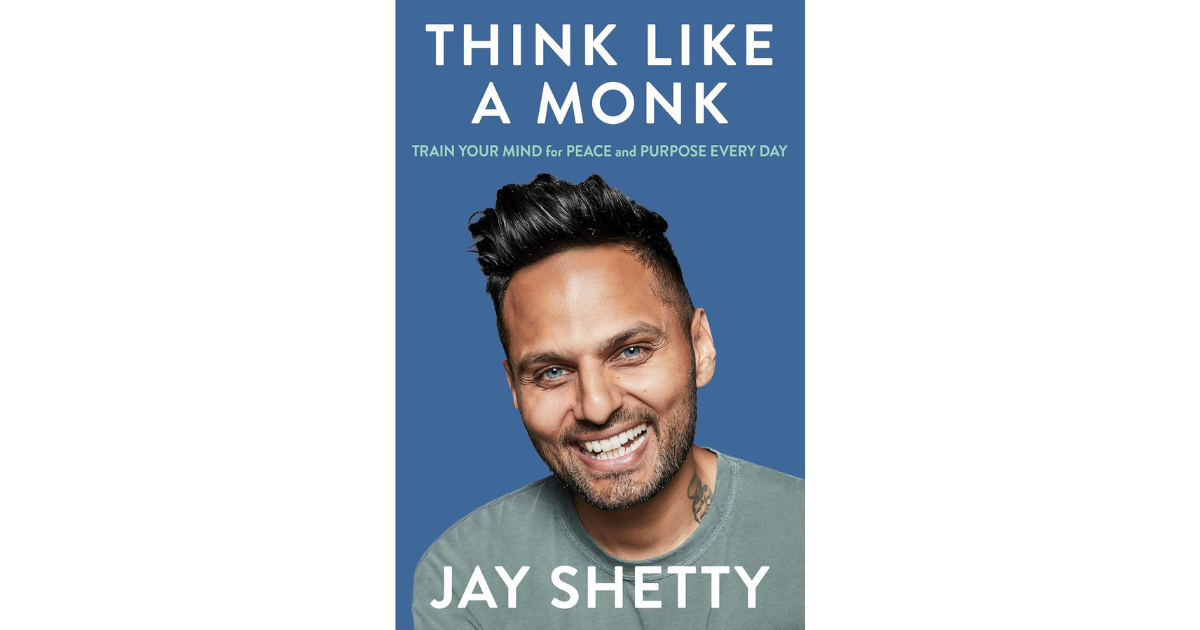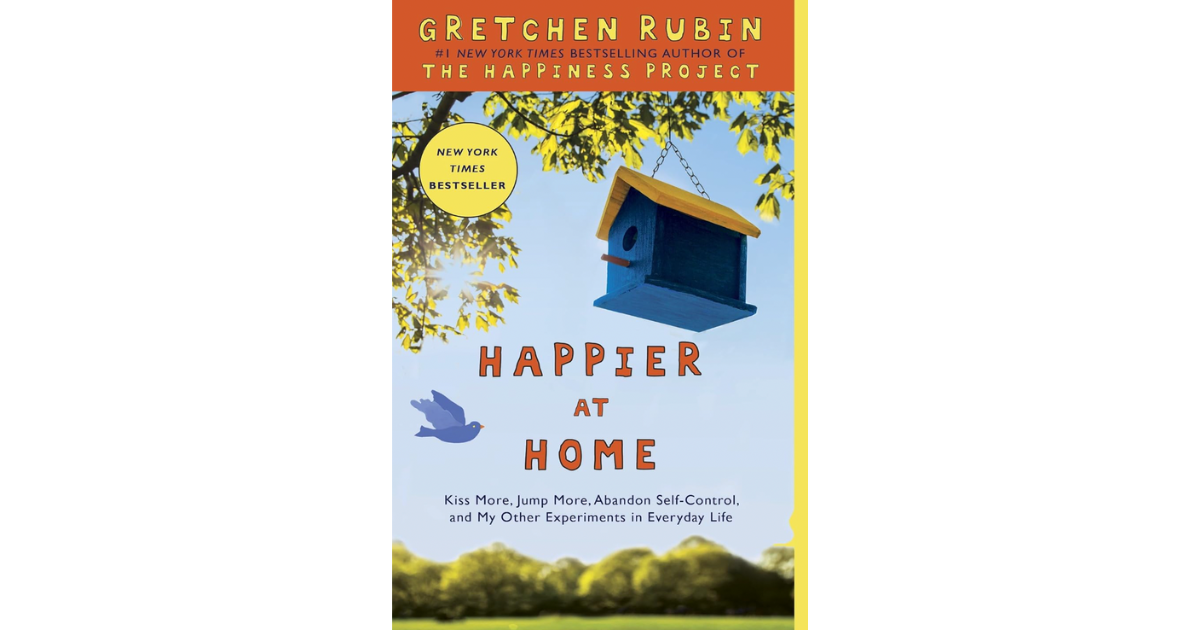Business Book Review: Drive by Daniel H. Pink
If you’ve ever wondered why you or your team are lacking motivation or have marvelled at the drive of others, Pink is your guide forward.
My Rating: ★★★★
Length: 272 pages
Publisher: Penguin Putnam Inc
Released: 2011
Key Takeaways for Personal Branding
In his New York Times best-seller, Drive, Daniel H. Pink talks about all things motivation. Much of the motivational theories were fit for the industrial revolution, but are misaligned in today’s business world.
Pink highlights why in most circumstances the carrot and stick approach doesn’t work. Instead, he proposes three essential elements of motivation:
Autonomy: The desire to direct our own lives
Mastery: The urge to get better and better at something that matters
Purpose: The yearning to do what we do in service of something larger than ourselves
With a distinct point of view, he challenges leaders to rid themselves of the updated language. And worse, the outdated practices they create. Words like “management”. He even challenges buzzwords like “empowerment”.
“Just consider the very notion of “empowerment.” It presumes that the organisation has the power and benevolently ladles some of it into the waiting bowls of grateful employees.”
Creative Autonomy
In presenting a better way forward, Pink shares the bold steps some businesses have taken to build intrinsic motivation. In the discussion around autonomy, several highlight the power of activity encouraging autonomy.
Pink shares the story of the Australian-founded Atlassian. To spark creativity and foster fun, once a quarter its founders would ask employees to spend one day working creatively on any problem they wanted. This didn’t even need to be part of their regular job.
At 2 pm on a Thursday, the day would begin. At 4 pm on Friday, the employee would have to present their idea back to the group. These were nicknamed “FedEx” days - because people were delivering something overnight. Some of the most interesting offerings the company has delivered came from these days.
Other big players have implemented similar practices. Google famously allows its engineers to spend 20 percent of their time (one day a week) on a side project. This has birthed products like Google News and Gmail.
This practice was pioneered by 3M led by visionary William McKnight during the 1930s-1940’s. Staff could spend 15 percent of their time on projects of their choice. This is how scientist, Art Fry, came up with the Post-it note - which 3M now offers across more than six hundred products in over 100 countries.
Flow
Pink reminds us of the power of ‘flow’. A widely-referenced phenomenon in many development books.
Mihaly Csikszentmihalyi’s research describes flow as the perfect balance between being challenging and the act itself being rewarding.
“In flow, people lived so deeply in the moment, and felt so utterly in control, that their sense of time, place, and even self melted away.”
But, Pink delves further into the intricacies of the research.
In a more surprising finding, Csikszentmihalyi found people are more likely to reach a flow state at work than in leisure.
In one experiment, Csikszentmihalyi asked participants to actively scrub activities that created flow from their lives. In just one day they reported feeling sluggish, sleepy, agitated, had difficulty concentrating and complained of headaches. After just two days of flow deprivation, the results were so advanced that prolonging the experiment was inadvisable.
“Two days. Forty-eight hours without flow plunged people into a state eerily similar to a serious psychiatric disorder.”
In knowing what creates flow, you learn where to focus your attention - where to practise.
Deliberate practice
Pink reminds us that the now-culturally popular “10,000-hour rule” was pioneered by Anders Ericsson. And reveals important nuances often missed in the discussion. Ericsson coined the phrase “deliberate practice” and said:
“People who play tennis once a week for years don’t get any better if they do the same thing each time…Deliberate practice is about changing your performance, setting new goals and straining yourself to reach a bit higher each time.”
Pink reminds us that mastery is only achieved by deliberate and intentional ongoing improvement.
Favourite Quotes
Fixating on an immediate reward can damage performance over time.
In short, management isn’t the solution; it’s the problem. Perhaps it’s time to toss the very word “management” onto the linguistic ash heap alongside “icebox” and “horseless carriage”.
Repeat, repeat, repeat. Repetition matters. Basketball greats don’t shoot ten free throws at the end of team practice; they shoot five hundred.
Do employees refer to their company as “they” or as “we”? “They” suggests at least some amount of disengagement, and perhaps even alienation. “We” suggests the opposite—that employees feel they’re part of something significant and meaningful.
In typical Pink style, Drive is a carefully curated discussion founded on fascinating research. It’s for anyone who’s ever lacked motivation or struggled to create it in their teams. Learn how updated rhetoric and archaic processes are no longer serving you or your teams. And instead, learn to shift into a new gear. Foster drive within individuals that will power humanity forward.
Drive by Daniel H. Pink: Available on Amazon.




